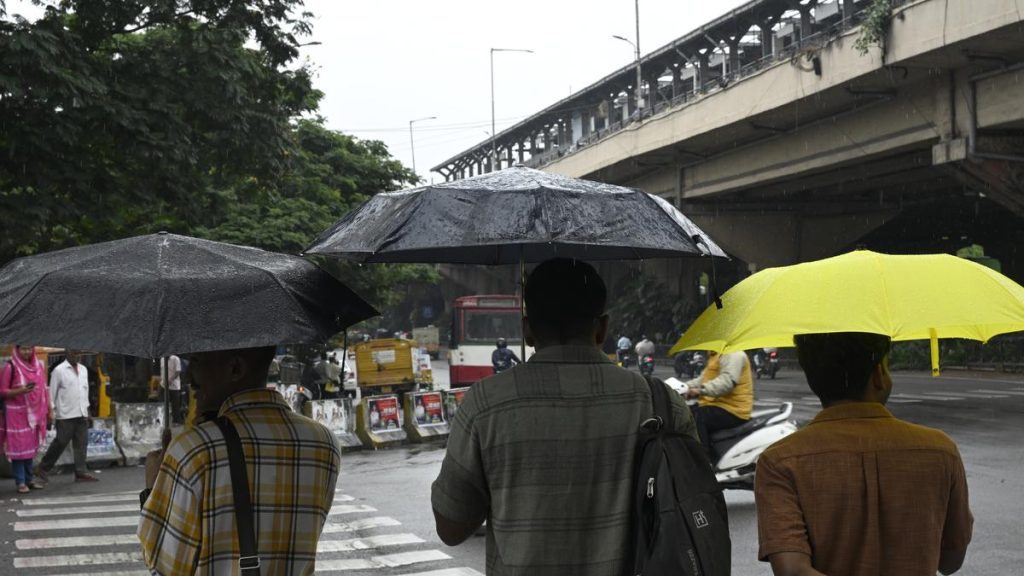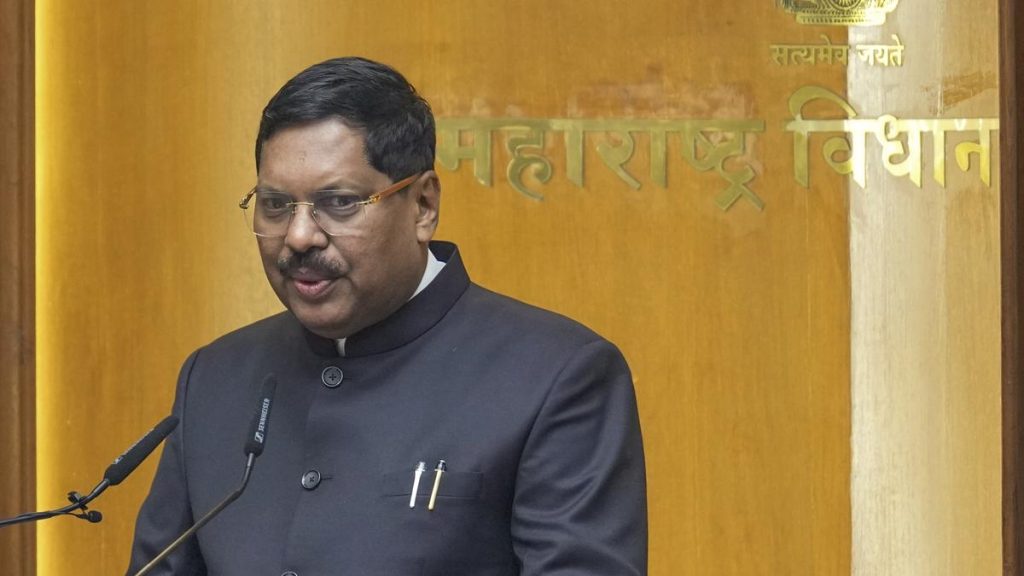Now Reading: 10 Promising TV Shows That Left Viewers Hanging
-
01
10 Promising TV Shows That Left Viewers Hanging
10 Promising TV Shows That Left Viewers Hanging

Speedy Summary
- The article outlines 10 popular TV shows that began with potential but ended prematurely, leaving stories unresolved due to various reasons such as low ratings, production challenges, or network cancellations.
- Example shows include:
– Alcatraz: A mystery thriller mixing sci-fi and procedural drama; canceled after one season due to declining viewership.
– Terra Nova: A Spielberg-backed dystopian sci-fi involving time travel and dinosaurs; axed because of high production costs and uneven execution.
– My So-Called Life: Critically acclaimed teen drama addressing complex issues; canceled after one season despite fan loyalty.- Pushing Daisies: Whimsical dark comedy about resurrecting the dead; cancellation impacted by a writers’ strike.
– The Society: Teen survival drama set in an alternate dimension; abruptly canceled due to COVID-related delays.
– Other shows include StartUp (tech meets crime), Sense8 (global psychic connection story), The OA (interdimensional narrative), Heroes (superheroes unraveling post-debut success), and Firefly (space-western cult hit mishandled by Fox).
- Unresolved storylines include cliffhangers around character development, societal implications, advanced technologies, emotional arcs, and mysteries central to their premises.
Indian Opinion Analysis
The phenomenon of television productions falling short despite promising beginnings reflects broader trends in media economics and audience demands. Exorbitant budgets for ambitious settings like exotic landscapes (Terra Nova) or global filming locations (Sense8) often introduce risk factors when profit margins fail expectations. Similarly, unanticipated external disruptions like the 2007 writers’ strike (Pushing Daisies, Heroes) showcase vulnerabilities within creative industries.For india’s growing entertainment sector-especially given its aspirations for international projects-the lessons are clear.Sustainable storytelling models that prioritize cohesive narrative development over purely visual ambition can prevent pitfalls seen in these cases. As technology advances in India’s entertainment ecosystem with increasing OTT output akin to platforms like Netflix or Crackle (StartUp,The society),producers must weigh audience engagement against cost control tactfully.
Moreover, maintaining cultural resonance while developing sophisticated content may distinguish India’s narratives globally as evidenced by emerging Indian-led series on international platforms (Sense8, featuring Tina Desai).Drawing from these examples could guide India toward avoiding similar missteps while deepening its competitive edge in world-class storytelling.























